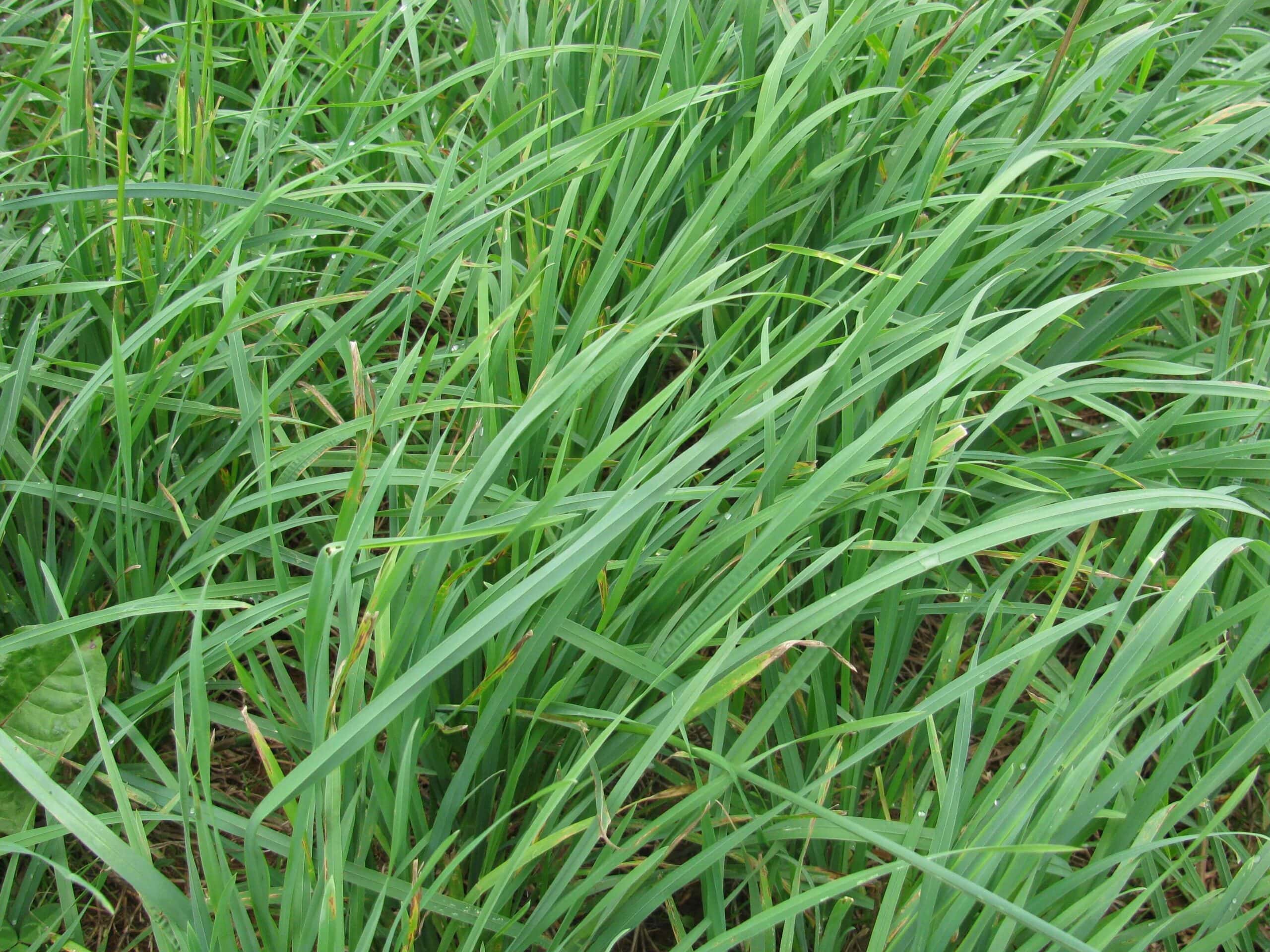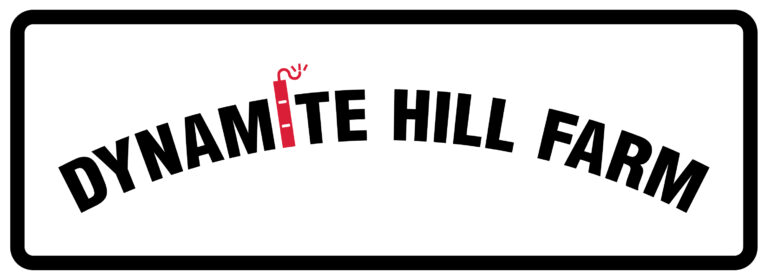Products Available For 2025




Available Hay Mixes
Alfalfa/Orchard Grass mixes
( Typically a 50/50 mix. Later cuttings typically have more alfalfa, and are finer stemmed)
Birdsfoot Trefoil/Orchard Grass mixes
(Expect a bit more grass than trefoil because trefoil can be slower growing. There will also be some sainfoin in the mix. Should be good quality forage.
Mixed Grass/Clover with a little sainfoin
(This is not as nutritious as the alfalfa, but will be priced accordingly. The field had received comprehensive fertilization)
Bale Formats:
Small Square Bales:
We make dense 14” x 18” x 34” small square bales using a New Holland BC5070 baler. We will be targeting a 40 lb bale with a 15% moisture level.
Round Bales:
We make dense 4’ x 5’ round bales using a New Holland 648 baler. Bales are expected to weigh between 900 and 1000 lbs at 15% moisture. All bales get 2.75 wraps with mesh net wrapping. We typically move these bales to get them under cover shortly after baling to preserve color. We can also shrink wrap for those storing outside. Custom sizing is also possible for those preferring a smaller/lighter bale.
We typically sell small squares off the field. Given weather uncertainties, it is important to pick up hay shortly after it is baled. We do drop bales on edge to reduce moisture pick-up from the ground. People can store small squares in our barn if that works better for them, but they will need to move it themselves. We will load rounds onto your trailer. We can also store rounds in the shed if you are not able to move them immediately.
Pricing:
Pricing cannot be determined until we know what the hay looks like and get back test results. Factors considered include Midwest market pricing for hay, species, RFQ, maturity, and color. Supply and demand also come into play, as it always does. Later cuttings typically bring about $1.00/bale more on small squares than first cutting. We will have pricing defined by the time you pick up. We also should have forage analysis data when the hay is ready. Sometimes it might be a day or two later, depending on lab turnaround times.We typically sell small squares off the field. Given weather uncertainties, it is important to pick up hay shortly after it is baled. We do drop bales on edge to reduce moisture pick-up from the ground. People can store small squares in our barn if that works better for them, but they will need to move it themselves. We will load rounds onto your trailer. We can also store rounds in the shed if you are not able to move them immediately.
Reservations:
Small square bales are put up specifically for customers and are typically presold. We usually have more demand than supply, but in 2024 were surprised by how much hay we had, so we found ourselves undersold. We suggest reserving what you need early. We fill reservations by the order received. If you can not pick up hay when ready, please advise. If you need help with moving hay, we found an excellent hauler that can assist with both small squares and rounds. Moving hay is a lot of work, and it has a sense of urgency. Please use the reservation form, or feel free to call or email. We will provide updates on Facebook, and will email you when we are mowing, and when bales are ready. Payment is expected when hay leaves the farm unless arrangements have been made for something different. We prefer a lot of smaller orders because it is easier to get hay picked up quickly. We are planning three cuttings for 2025, but weather dictates what is possible. Typically good practice to split your requirements so these is some hay from each cutting, since you never know what later cutting will produce.
Honey:
We had a small amount of honey in 2024 and expect this to grow in 2025. We market under the Gitchee Gumee Honey label and package in 1 lb bottles. We will be shipping nationally once we start extracting the 2025 crop. With more forages and cover crops, we are optimistic for 2025. We will also be selling honey off the farm, and likely through local retailers.

